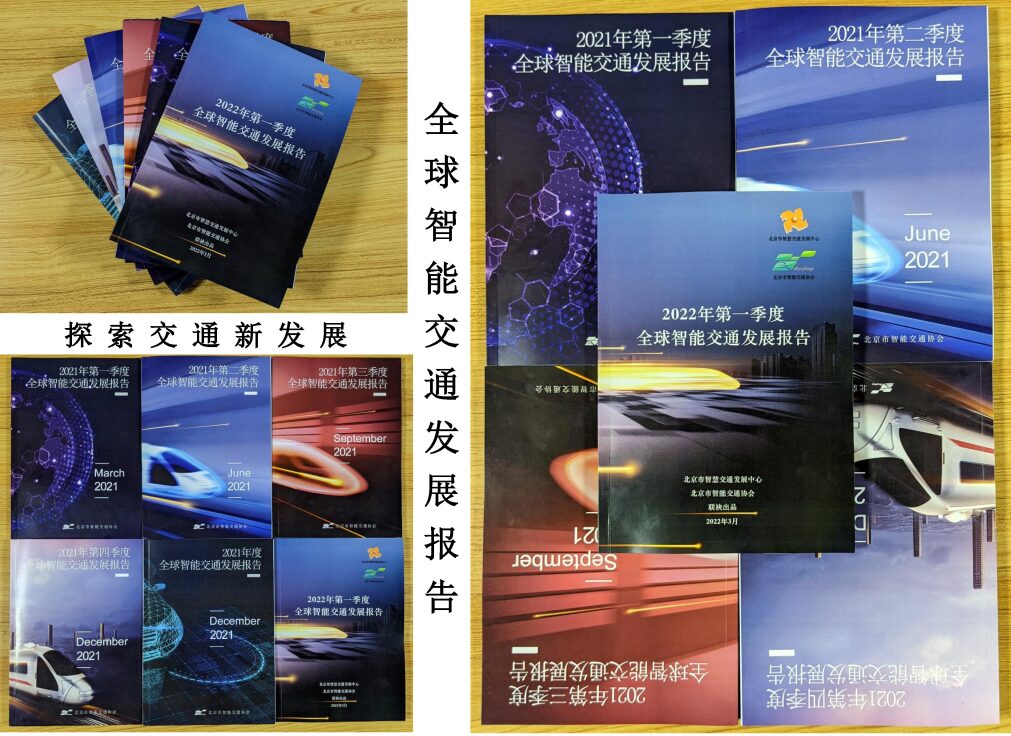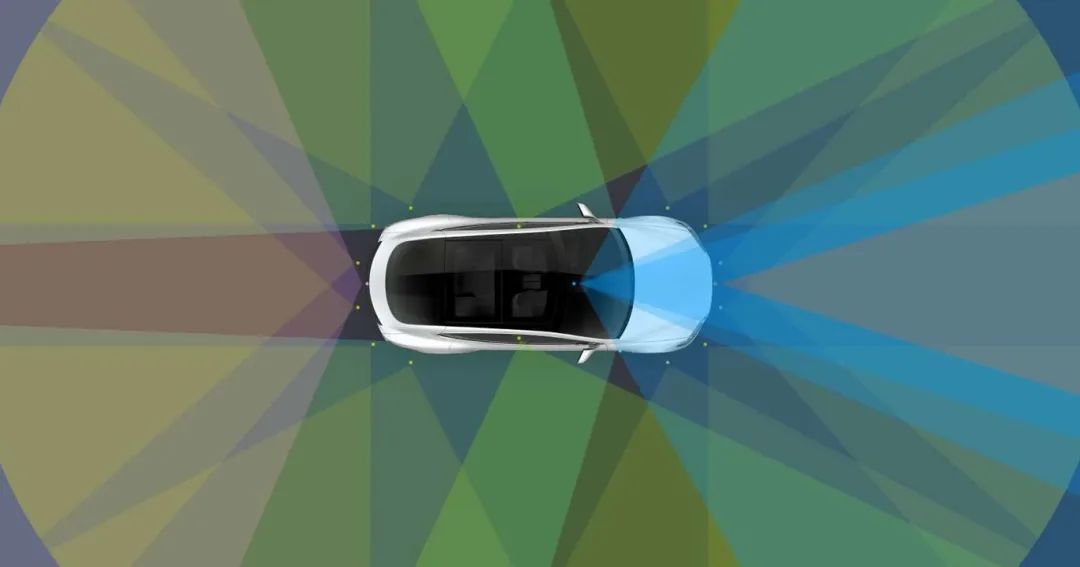
ITS Headlines
October 25, 2024 (Friday), Issue 1273
Fog, 9 to 20℃
Motor vehicle restrictions on tail numbers:2 and 7
Recently, news related to autonomous driving technology has received a lot of attention, but currently, ADAS still encompasses most of the main functions installed in mass-produced vehicles. As ADAS features become increasingly complex, they will eventually evolve into autonomous driving capabilities.
In this article, we will focus on ADAS and explain each ADAS feature based on the latest information, the vehicles equipped with ADAS developed by different automobile manufacturers, and the relationship between ADAS and autonomous driving.
ADAS is the abbreviation for “Advanced Driver Assistance Systems” and is commonly referred to as “ADAS”. It is incorrect to read it as “Adas”. It means “Advanced Driver Assistance Systems”, which can reduce the likelihood of accidents and lessen the driving burden on drivers by implementing these functions in vehicles.
To achieve the functions of ADAS, a sensor system is essential. Sensors enable the ADAS system to understand the conditions around the vehicle, allowing it to alert the driver and control the driver’s actions.

By the way, when abbreviating the term “autonomous driving”, the abbreviation “AD” is sometimes used, which stands for “Autonomous Driving”.
Driving a car requires a lot of “recognition”, “judgment”, and “operation”. Drivers usually use their eyes and ears to recognize the surrounding conditions, make decisions such as accelerating, stopping, or turning right with their brains, and control the car by operating the steering wheel and accelerator with their hands and feet.
ADAS assists in “recognition”, “judgment”, or “control”. For example, when sensors such as cameras or lasers detect a vehicle ahead, it will alert the driver and control acceleration and deceleration. However, even in controlled situations, the driver remains the primary driver of operations, and the driver’s intentions take precedence. This is the difference between “autonomous driving” and “automated driving”.

ADAS also includes systems that notify drivers of traffic information using location data and communication functions and warn drivers when they may be drowsy.
In simple terms, ADAS features are one of the components of autonomous driving functions. By the way, in the levels of autonomous driving (*rated from 1 to 5, with 5 being the highest level), levels 1 and 2 correspond to ADAS. Level 1 is referred to as “Driver Assistance”, while level 2 is referred to as “Partial Driving Automation”.
ADAS supports drivers in the aforementioned “recognition”, “judgment”, and “control”, but if its capabilities are significantly enhanced to the level of detecting nearly 100% of surrounding obstacles, making correct decisions, and executing precise control, it will become fully autonomous driving technology.

Of course, there will be ADAS developed for supportive purposes from the very beginning, but this is a matter of approach, so the endpoint of this technology is often autonomous vehicles.
ADAS assists drivers in driving. When supportive functions reach 100%, manual operation is no longer required.
We will introduce what kind of features ADAS has, as well as each element that constitutes ADAS.
01
This system can maintain a constant set speed without pressing the accelerator pedal. The system is called adaptive cruise control and is also equipped with automatic braking functionality.
02
This system is designed to reduce collisions with vehicles, pedestrians, and obstacles ahead due to distracted driving.
The system uses sensors such as cameras and radar to detect obstacles ahead of the vehicle and, considering the distance and relative speed to the vehicle, will alert the driver and control the brakes if there is a risk of collision.
Worldwide, all vehicles are equipped with collision mitigation braking systems.
03
A system designed to prevent drivers from drifting out of their lane due to carelessness or other reasons.
The system calculates the vehicle’s position and angle relative to the lane by analyzing images of the white lines on the road and determines the likelihood of deviation. If there is a possibility of deviation, the system will alert the driver and apply torque to the steering wheel to facilitate corrective steering.
Similar systems include a lane-keeping assistance system that guides the vehicle to stay near the center of the lane.
04
This system assists the driver in operating the steering wheel and pedals when parking in a parking lot and communicates the surrounding situation to the driver in an easy-to-understand manner.
It has the capability to project the rear, side, or entire surrounding environment of the car onto a monitor and control the steering wheel and brakes according to a specific procedure to park automatically.
05
This system monitors and detects other vehicles and pedestrians outside the vehicle, including the driver side, front passenger side, and rear, compensating for the driver’s blind spots.
The system uses sensors such as radar to detect other vehicles that cannot be seen in the rearview mirror and alerts the driver when changing lanes or turning left or right to prevent collisions.
06
The Driver Safety Support System (DSSS) not only acquires location information and traffic information through GPS and the Vehicle Information and Communication System (VICS) and displays safe and efficient routes but also allocates nearby traffic conditions to prevent rear-end collisions and head-on collisions due to traffic congestion.
In addition to traditional functions, it is expected that the system will increasingly play a role in transitioning to connectivity, such as accumulating driving information for each vehicle through the cloud and coordinating with other ADAS.
07
This is a system where vehicles exchange information with each other via wireless communication to support safe driving. There is also vehicle-to-infrastructure communication, which obtains information from infrastructure, such as traffic light information and regulatory information from roadside units.
Road Sign Recognition System
This system uses cameras to read traffic signs such as speed limits, prohibitions, and stop signs, and displays information on a screen to warn drivers when they exceed the speed limit.
08
This system uses artificial intelligence (AI) to analyze the driver’s blinking and facial expressions measured from camera images, and when it detects drowsiness, it alerts the driver with a warning sound or vibration.
Additionally, a system has been developed to measure the driver’s fatigue level based on steering wheel movement, as well as a drowsiness control system that keeps the driver awake without affecting their comfort, such as through warning sounds.
Besides, ADAS also includes various auxiliary functions such as automatic speed limiters, descent control for driving on steep slopes, crosswind stability systems, and tire pressure monitoring systems.
(Source: Autonomous Driving Laboratory (Japan))


Agenda for the 4th Beijing-Tianjin-Hebei Smart Transportation Collaborative Development Conference

Latest Release! Today’s Traffic Hot News Quick Dispatch (October 24, 2024)